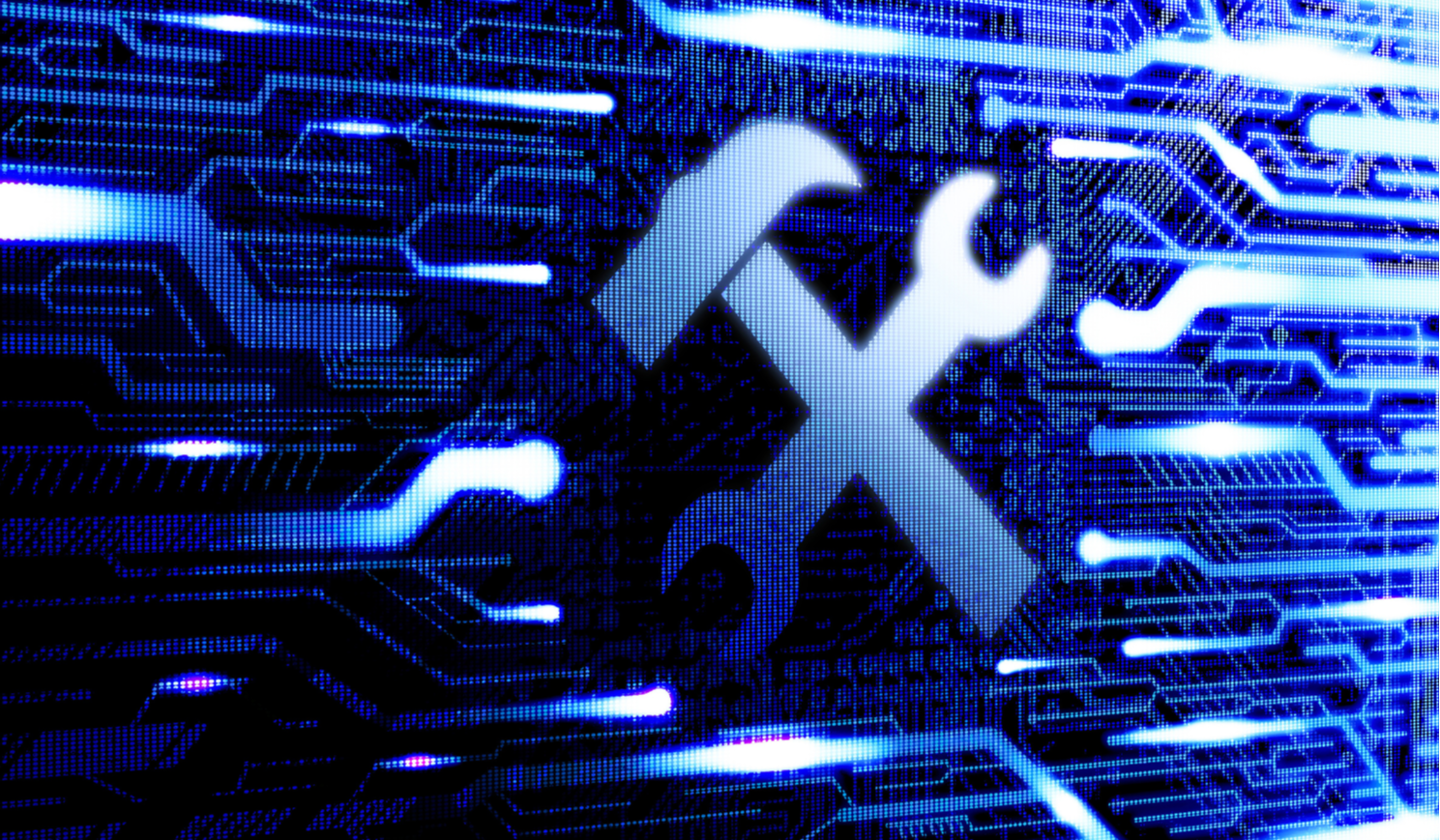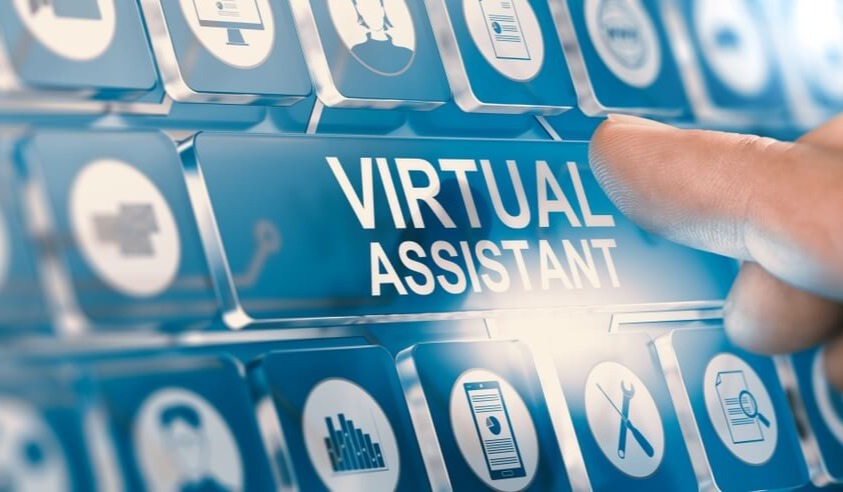The Value of Hierarchy in IT Support
Industries naturally have a built-in hierarchy - a set pattern of who manages what, and when. In healthcare, nurses assist doctors. In hospitality, prep cooks assemble ingredients for chefs. In law, paralegals help gather particulars for lawyers. Information Technology is the same way. There are support technicians who manage password resets while others rebuild servers. There are techs who set up infrastructures and still others who work in the background to provide feedback for metrics, ROIs, and profitability.
Efficient functionality of an IT service desk involves delegation and an understanding of roles and responsibilities. Hierarchy balances technician capabilities, user experience, and company expenditures. Misalignment could result in the unnecessary use of resources, time, and money.
Tiers create a structured approach to IT support, enabling businesses to streamline their processes, optimize resource allocation, and deliver superior customer service.
Tiers Make the Difference
A tier-based service desk is the vessel that establishes hierarchy in IT. Tiers pair the knowledge of the technician with the level of support that is appropriate, with each level recognizing its base and its ceiling. It is a balance that IT professionals and corporate management must respect in order for a company to achieve the best results with IT goals, performance, and bottom line. Organizing a service desk in this way filters initial issues and escalates intricate problems while using talent and resources accordingly.
Within the IT structure, a tiered service desk provides:
- Improved allocation and management of IT staff
- Scope of practice and timelines for resolution or escalation
- Staffing measures that respect current talents and encourage growth
- Management of hardware, software, and licensure components
Throughout the business entity, a tiered approach:
- Allows for heightened responsiveness in the realm of solving or escalating the issue
- Promotes scalability and best use of resources which results in reduced downtime
- Elicits information sharing across the tiered teams, empowering lower-tiered technicians with exposure to higher-tiered issues, encouraging the transfer of knowledge and skill advancement
- Improves the customer experience through timely and accurate resolution
- Allows for identification and alleviation of issues through the analysis of the various levels, by identifying and evaluating reoccurring problems and trends
Tier One - Quick Fix and Information Gathering
As the initial point of contact, tier one technicians work with end-users to manage basic matters. They respond initially to an issue and resolve it to the best of their ability. If resolution at this level is unachievable, information gathering is done to provide insight to the next tier. Tier one technicians perform tasks such as:
- Resolving username and password issues
- Installing and uninstalling software applications
- Assisting with basic hardware and software fixes
Tier one Service Desk provides first-level, basic support with the goal of resolving 70% to 80% of the concerns. The ability for this team to extend good customer service is pivotal as it sets the stage for the entire end-user experience.
Tier Two - The Issue Has Escalated
Tier two technicians investigate issues further to analyze and troubleshoot. This team has knowledge of the company, their programming, and the products being used. This level verifies that steps aren’t being done twice while making sure that the business need is being met and with proper time management. Tier two asks questions like:
- What did the tier one technician accomplish?
- How much time has already been spent on the issue?
- Do I need to speak with the end-user to gain further perspective of the problem?
Tier two technicians research and develop solutions for new, rare, or unfamiliar occurrences. This level consists of coders and backend users who have familiarity with the product and can troubleshoot accordingly. Tier two support involves:
- Resolution of complex issues that require extensive knowledge and attention to detail
- Equipment and program testing and validation
- Research and trialing of new software
- Training end-users on hardware and software
If the problem cannot be resolved easily, this tier is responsible for moving things forward by using a test environment to determine the best potential route for resolution.
Tier Three - Bring in the Experts
Tier three technicians get to the root of the problem. The talent at this level includes architects, designers, and engineers who are trusted with a higher level of company information. Tier three may also involve the actual vendors as consultants of the product or software to assist in finding resolution.
The tier three project scope includes:
- Utilizing problem duplication to determine root cause analysis and find solutions
- Server repairs
- Working with infrastructure and networks
- Database management and/or development
Tier three support respects boundaries and enlists other tiers as appropriate for preservation of time and expense. After fixing their level of the problem, they can then reverse the tier order by de-escalating it back to a lower tier to manage it from there.
Above and Beyond
Companies may employ a fourth level of support which is usually separated from the help desk organization itself. These technicians are often contracted for special applications, and software and machine maintenance, and may consist of vendors and their support teams. They tend to work independently, supervising larger undertakings and the staff that goes with it.
This level of support comes at a financial premium and generally is used only when other measures and levels fail to reach an appropriate resolution.
It Takes a Village
IT is at the heart of what you and your employees do every day. It is important to have a service desk hierarchy that is organized and well allocated. Establishing tiers or better organizing those that you already have makes a difference in multiple aspects of your company – from the attitudes of your employees, to the effectiveness of your systems, to your financial footprint.
Tiers do more than establish aptitude boundaries, they allocate resources. Both within IT and across your entire company, tiers provide the right solution to the right employee at the right time and within the right budget.
Learn more about our services and ways that Cayuse can help align your IT hierarchy.





